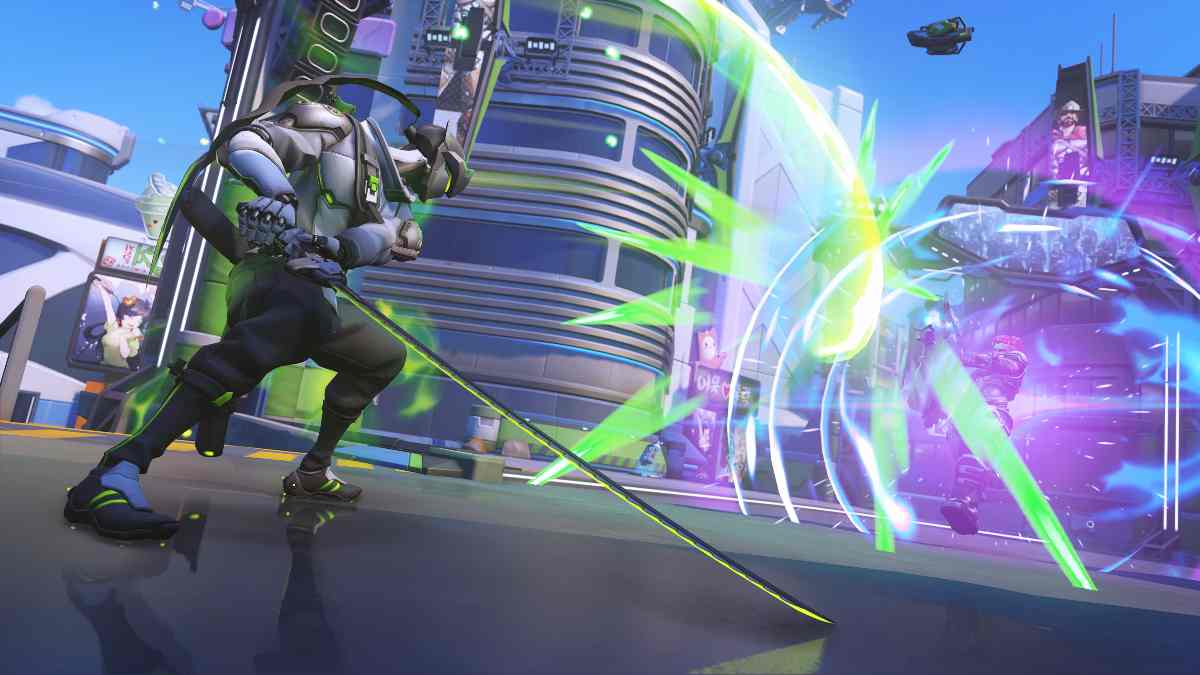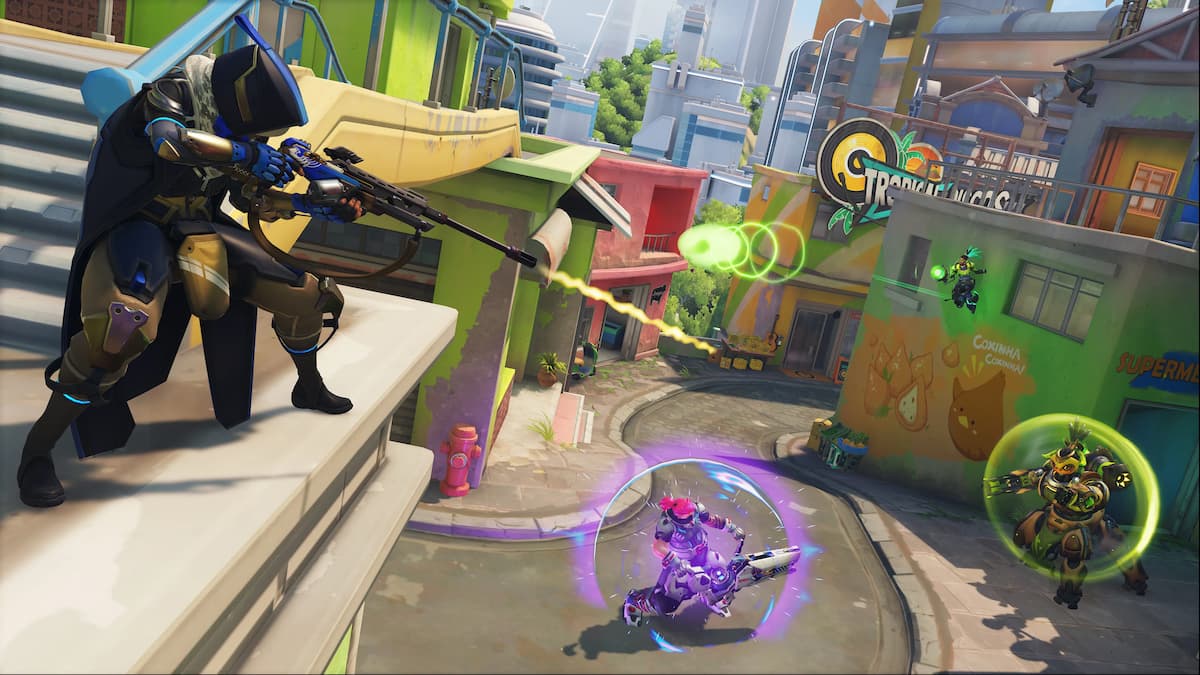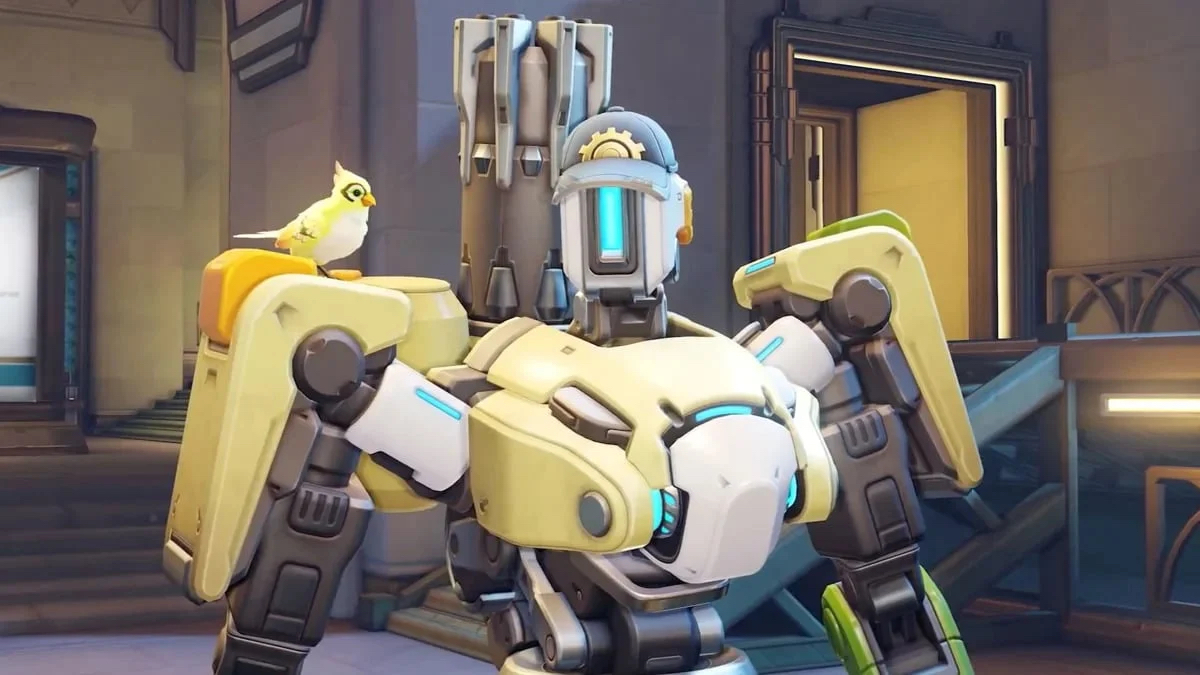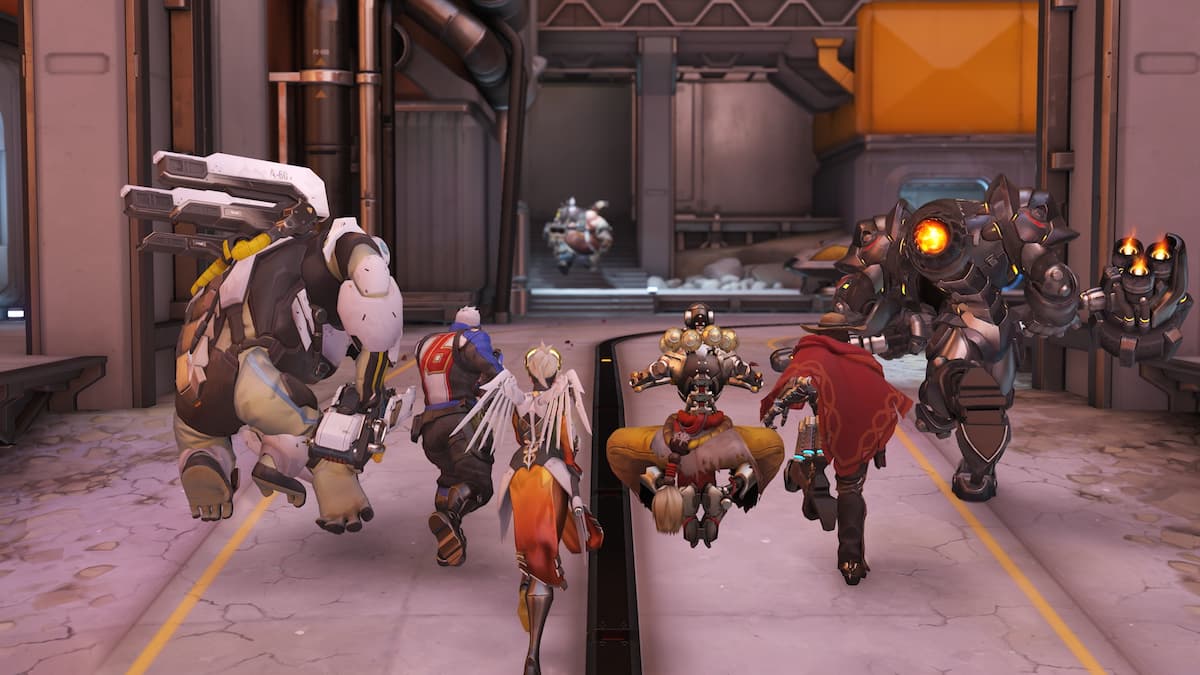The Overwatch League’s big promise was city-based stadiums. That was never intended to be fulfilled at the league’s launch, it won’t happen in the second season, and the league hasn’t even announced a timeline for when it might. For now, the teams will continue to play in the league’s studios in Burbank, California.
Still, it’s clear that Blizzard truly believes in the idea.
“There are millions of fans around the world that don’t get an opportunity to come to these events,” Overwatch League commissioner Nate Nanzer told Dot Esports in August. “Our goal is to get the teams into the home markets and give people in Houston, people in Shanghai, people in Seoul, people in Dallas, an opportunity to engage with the content live.”
Fans believe in the idea, too. Even with superficial ties to cities, local fans rallied around the 12 teams in the league. But no one’s really questioning the idea at its core: Would a city-based league even work? Plenty of indicators, from player burnout to an already grueling schedule, point to “no”—unless the league makes some major changes.
The Overwatch League’s front office has focused most of its efforts in extolling the benefits of a city-based league for fans. But it’s failed to address the very real problem the current structure brings up for the league’s players and staff.
Related: A blurred line between work and play could cause trouble for the Overwatch League
The Overwatch League in its current iteration has 40 games for each team in the regular season, spread over 20 weeks of play broken into four stages. (The league plays out from Wednesday to Saturday.) Teams play two games a week, sometimes on back-to-back nights. Teams and players have struggled to fend off burnout during the Overwatch League’s first season.
When work is a game, it’s hard to define leisure. The pressure to win forced players into playing Overwatch even outside of designated practice hours—and that’s without considering player obligations to stream, too. A typical Overwatch League schedule put players in-game for six days a week, two of which were on-stage at the Blizzard Arena. Hours in Overwatch varied, but some teams practiced during season one for more than 10 hours a day.
Multiple players across nearly all of the Overwatch League’s teams have reported feelings of burnout, including Philadelphia Fusion support Alberto “neptuNo” González, Dallas Fuel flex Brandon “Seagull” Larned and DPS player Timo “Taimou” Kettunen, and New York Excelsior sniper Kim “Pine” Do-hyeon. Players reported mental health changes, like depression and anxiety, on top of physical symptoms of excessive stress—mystery illnesses caused by compromised immune systems. The Overwatch League and its team management will have to overhaul its mental and physical health regimens if players are to be kept healthy during travel. A scheduling makeover is part of that restructuring.
A guideline to consider is the structure of the NFL. Admittedly, the NFL is hardly a bastion of player health standards, but that’s an issue with the sport itself, not the schedule. There are 32 teams in the NFL, and each team plays 16 games over a 17-week period. Over the entire season and all teams, that’s 256 games. It adds up to one game a week for each team, half at home and half on the road. It’s a lot of travel. Teams in the NFL have adjusted to it, but it still affects games. In 2012, Grantland looked into travel in the NFL and found that teams that traveled 2,000 miles or more during the 1997-2011 NFL seasons won 39.8 percent of their games. Teams that had trips 1,000 miles or less won 43 percent of games, however, which isn’t a gargantuan difference.
The NFL and other pro sports prove that it’s possible to have a regional based league that can support player health in regards to travel and workload, but the Overwatch League will have to change. By season three, the league will likely have more teams—there are already two out of an expected six new teams for season two. More teams could make schedules more manageable, allowing players more downtime between matches. (How that extra time is filled, however, will be up to team management.) There’s no indication of how many teams the Overwatch League will have in 2020, or whenever the city-based structure is deployed, though. Blizzard will have to find its own framework for the league, offering up enough games to keep fans happy while prioritizing player health.
An ESPN report from early June said that the Overwatch League’s executives haven’t decided yet how the travel aspect will work. One idea concocted by Blizzard was for “roadshow”-style events that takes all division teams to one city at a time as a regional tour, according to an ESPN report. Pacific division teams would travel from “midwestern United States, the West Coast of the U.S., and then through Asian cities,” according to the ESPN report. For Atlantic Division teams, travel would run through “the East Coast of the U.S. then to Europe.”
Related: Atlanta and Guangzhou, China are the first expansion cities for Overwatch League season two
“Having two games a week is obviously not great,” Philadelphia Fusion coach Yan Luu told Dot Esports in July. “I don’t know if that’s going away, but obviously we’d rather have one team to prepare against instead of having a lot of variation and randomness associated there.”
The schedule will likely change when more teams are added. But for the new structure to stand up to the stress of localization, the Overwatch League needs to show a stronger commitment to player health, whether it’s with league regulation or a players’ union.
When it comes to travel, it’s on the league to optimize the schedule. But elsewhere in player health, who’s responsible? The ideal situation has both the Overwatch League, its players, and teams working together to ensure the players are safe and happy. But often the ultimate end goals are at odds.
Until the league can find a balance between its promises to fans and player health, a true city-based league shouldn’t even be an option.












Published: Aug 21, 2018 03:21 pm